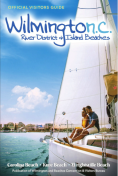After I retired recently from the StarNews, Wilmington’s daily newspaper, I found myself with enough time to get out and visit some special places. It gave me a chance to see my county through the eyes of a visitor, to ride around and visit places connected to local history from the Revolutionary War through World War II and later. I have personal and family connections to many of the sites. Here in the Wilmington area, we’re certainly proud of our beaches, and our restaurant and entertainment options can compare with anyone’s. But this area’s connection to our colorful past makes us unique, and I hope you’ll enjoy visiting these sites as much as I have.
As befits a county established way back in 1729, New Hanover County offers a variety of sites with historic ties, from the Battleship NORTH CAROLINA near downtown Wilmington to Fort Fisher State Historic Site at the southern tip of the county. Some are well-known, such as the Bellamy Mansion Museum, the Burgwin-Wright House and the Cape Fear Museum. Others may be less prominent but are well worth visiting. And all are family-friendly attractions that will fascinate and delight visitors willing to track them down.
WILMINGTON
A trip to the Wilmington Railroad Museum is practically a must for the history-minded visitor or local, and a wonderful place to bring children, with one room chock-full of model train layouts. After your visit, walk a block to the Wilmington Convention Center and check out the gallery of historic photographs and drawings lining its hallways.
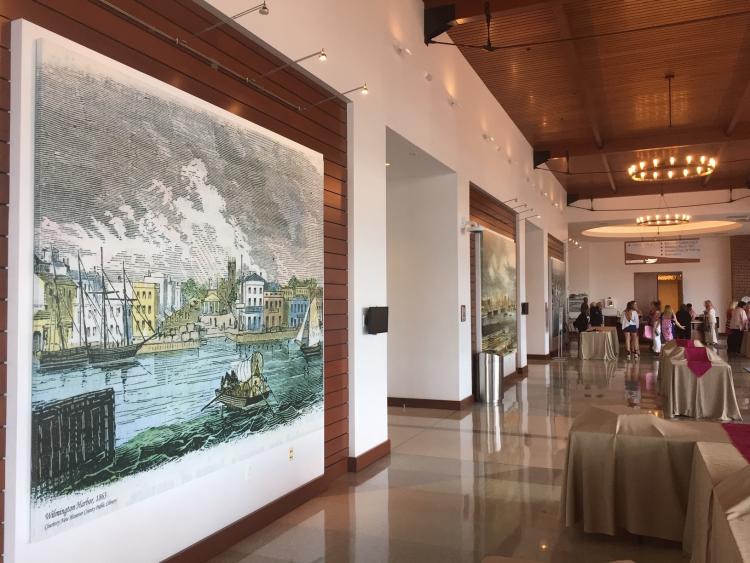
Those attending a function could see drawings of colonial Wilmington at the Wilmington Convention Center.
There you’ll find a wide variety of scenes, many of them celebrating the city’s maritime heritage, including ship launches during World War II and images of the bustling port.
As you tour the Revolutionary War-era Burgwin Wright House and the Bellamy Mansion, built just before the Civil War, take a few minutes to stroll through the churchyard at St. James Parish, an Episcopal church established in 1729. The gate is at the entrance to the church’s Parish House, on Market Street halfway between Third and Fourth streets. Stop by the church office for a brochure to guide you through the cemetery.
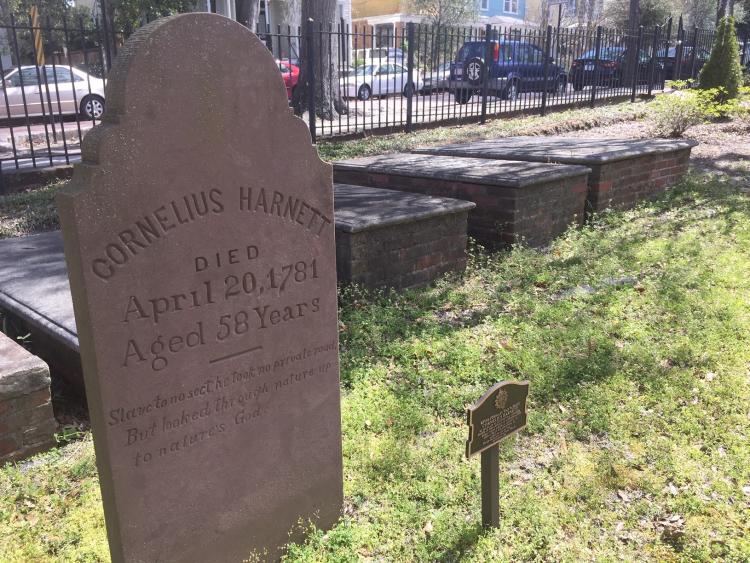
Cornelius Harnett, who lies in the churchyard behind St. James Parish, was a leader of Wilmington’s 1766 Stamp Tax Rebellion.
History comes alive in cemeteries and Oakdale Cemetery, chartered in 1852, has a large number of fascinating tales to tell. The entrance is located at the north end of 15th Street, just north of Red Cross Street, and you’ll want to stop at the office beside the entrance to receive a map pointing out 10 of the most interesting places to visit.
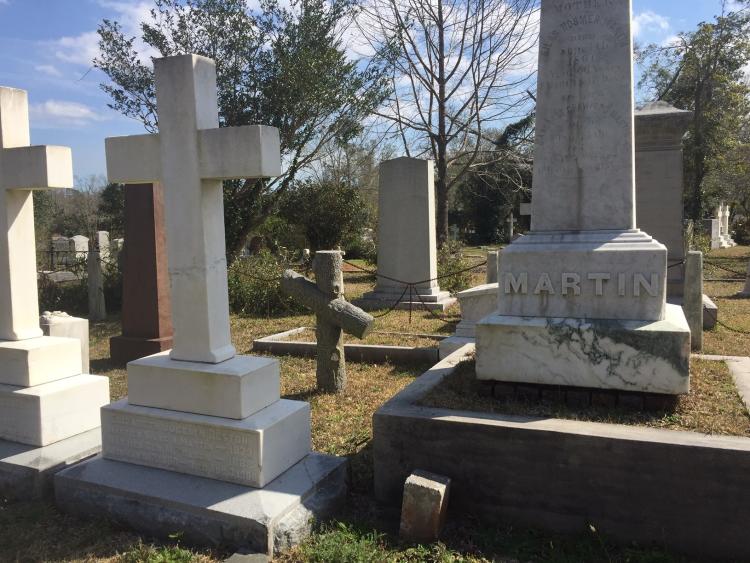
Nancy Martin died at sea in 1857. Her body was placed in a cask of rum and returned to Wilmington. She was buried in the cask under a simple rustic cross marked “Nance.”
You’ll find the last resting place of TV newsman and Wilmington native David Brinkley, the Yellow Fever Area with the bodies of 400 people who died during the outbreak of 1862, and the Confederate Mound holding 367 unknown soldiers killed during the Civil War.
CAROLINA BEACH
If you’re interested in learning about the history of this beach town, start at the Federal Point History Center, beside Town Hall at 1121-A North Lake Park Blvd. Operated by the Federal Point Historic Preservation Society, it traces the history of Pleasure Island – which encompasses Carolina Beach, Kure Beach and Fort Fisher – back to the Cape Fear Indians, the Colonial period and the area’s importance during the Civil War (more on that in a minute).
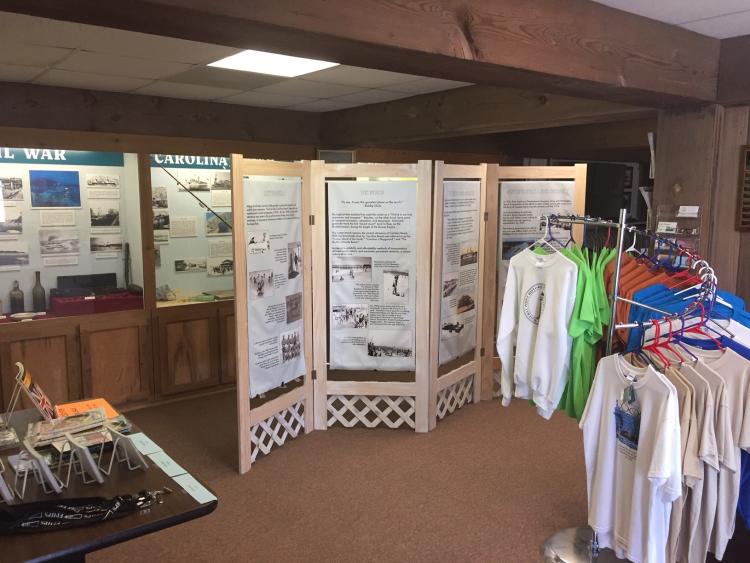
The Federal Point History Center, 1121-A N. Lake Park Blvd., is open 10 a.m. to 4 p.m. Tuesday, Friday and Saturday.
The town didn’t get going until Capt. John Harper began running a steamer from Wilmington down the Cape Fear River, then carrying passengers across the island to the beach on a small railroad built in 1896. The Preservation Society, which is celebrating its 25th anniversary in 2019, offers tours of the Carolina Beach Boardwalk area during the summer months. One sweet stop is Britt’s Donuts, which has been going strong since 1939.
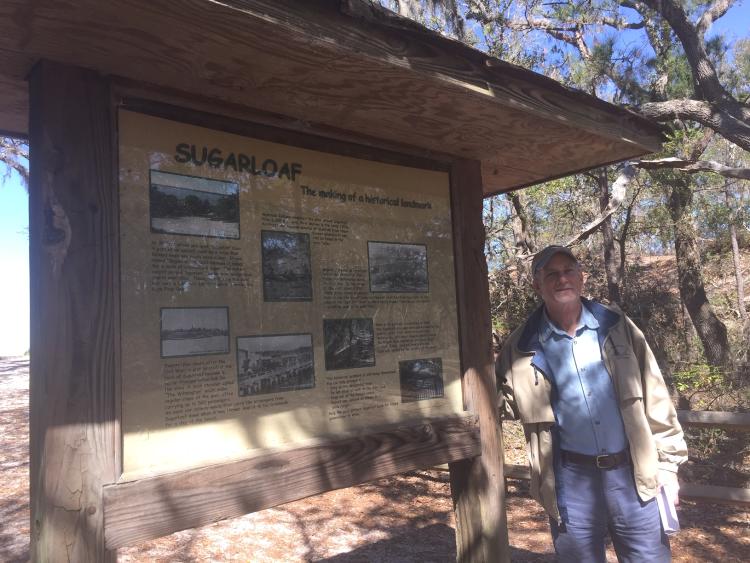
Local historian Chris Fonvielle offers tours of the Civil War mounds and trenches that were part of the Confederate defenses by arrangement.
Carolina Beach State Park offers camping, a marina with a public boat ramp, fishing and six miles of walking trails. Civil War enthusiasts might opt for the 3-mile Sugar Loaf trail, offering the beauty of coastal ecology along with trenches and mounds that were part of the Confederate earthworks during the Civil War. It ends at Sugar Loaf, a tall sand dune where Southern troops tried to defend Wilmington after the fall of nearby Fort Fisher in January 1865. Park rangers periodically offer guided tours of trails, including offering a chance to see rare Venus flytrap carnivorous plants along the Flytrap Trail.
Any history buff who visits Kure Beach is going to visit the museum and earthworks of Fort Fisher State Historic Site. It, along with the nearby N.C. Aquarium at Fort Fisher, are two of the county’s most popular attractions. While you’re in the area, you might want to visit the bunker where the Fort Fisher Hermit once held court. The well-marked Basin Trail starts at the public beach at Fort Fisher State Recreation Area and winds over beach sand and through maritime forest to the concrete World War II bunker where Robert Harrill lived from 1956 until his death under mysterious circumstances in 1972.

Robert Harrill, better known as the Fort Fisher Hermit, lived from 1956 to 1972 in this World War II bunker at Fort Fisher. He drew crowds so big to hear his home-spun wisdom that he was considered the area’s second-biggest tourist attraction, behind the Battleship North Carolina.
Continue on to an observation deck that overlooks the tidal basin formed by “The Rocks,” a structure built in the late 1800s to protect the Cape Fear River shipping channel. After your hike, you can ride around and visit The Rocks, but beware walking out on them: The footing is treacherous and people have been stranded by rising tides.
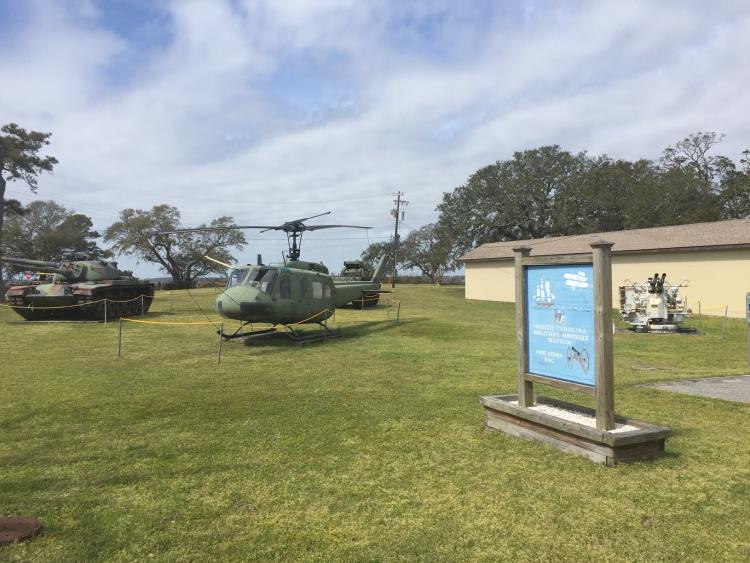
The grounds of the N.C. Military History Museum in Kure Beach are dotted with military vehicles and artillery.
Also in Kure Beach is the N.C. Military History Museum at Fort Fisher. Located in the Fort Fisher Air Force Recreation Area just north of the museum, the small building is stocked with military artifacts. Even if it’s closed, you can browse the helicopter, tanks and artillery pieces on the grounds.
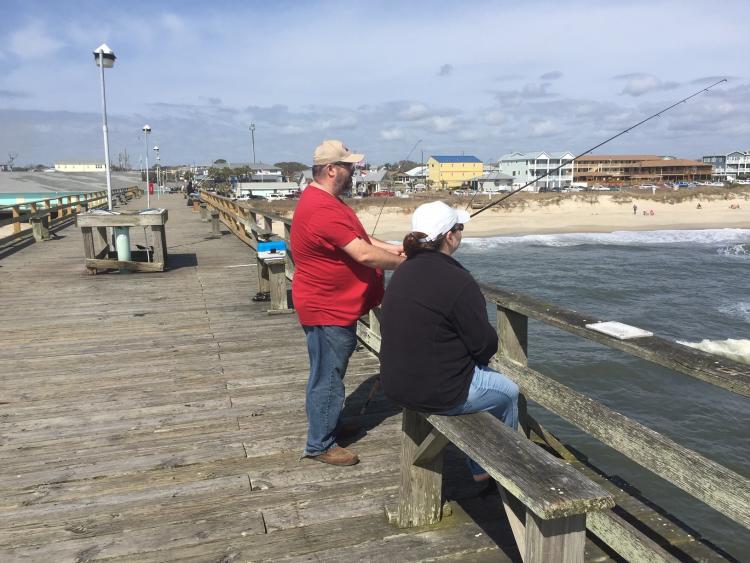
The Kure Beach Fishing Pier has been delighting generations of anglers since it was built in 1923.
And while you’re in town, you might take a walk out onto the Kure Beach Fishing Pier. Wooden fishing piers offer a link to the past, and this pier, built in 1923, is said to be the East Coast’s oldest fishing pier.
WRIGHTSVILLE BEACH
The Wrightsville Beach Museum of History is itself located in a historic cottage donated by a local family.
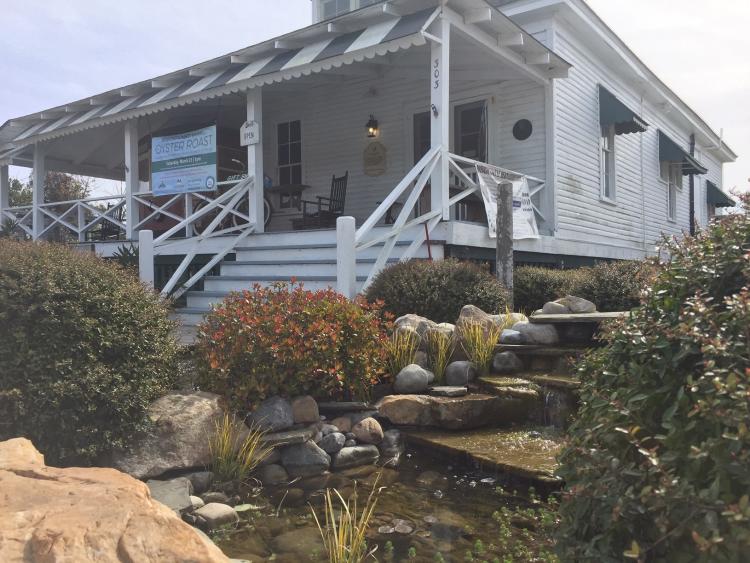
The turn of the century Myers Cottage that houses the Wrightsville Beach Museum of History, shown here, has been joined by another cottage that the museum is renovating. It should be open in the summer of 2019.
And by this summer, it will include a second cottage that has been moved onto what locals call the Wrightsville Beach Historic Square, which also includes the Wrightsville Beach Chamber of Commerce and Visitor Information Center. Learn about the island’s history through models, exhibits and artifacts. And walk the 2.45-mile Loop and you can peruse signs erected by the museum celebrating various aspects of Wrightsville Beach’s history.
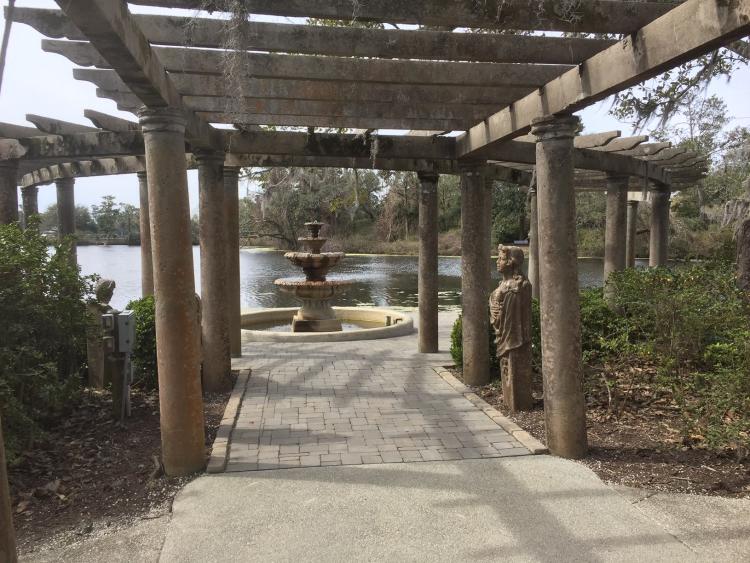
The pergola at Airlie Gardens functions as a centerpiece to the attraction and is a popular venue for weddings.
While you’re in the area, you might visit Airlie Gardens. While it’s too well known to really be a “hidden gem,” many visitors who come for spectacular garden displays may not realize it dates back to 1901, when Sarah Jones, who with her husband Pembroke Jones had lived on the property since 1895, began developing the gardens surrounding their vast mansion. A lakeside pergola was added in 1904, and two years later Mrs. Jones hired Rudolph Topel, a German landscape gardener, to groom the gardens. The visionary artist Minnie Evans worked as gatekeeper at the gardens.
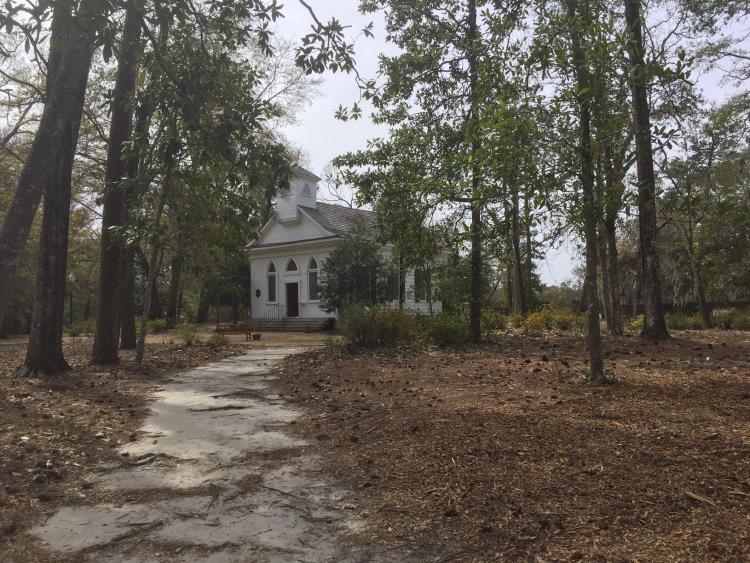
Mount Lebanon Chapel, on the grounds of Airlie Gardens, was built in 1835 by Dr. Thomas Henry Wright, a physician and Episcopal minister. It’s used by St. James Parish and is available by arrangement for events.
While strolling around Airlie, check out Mount Lebanon Chapel, a lovely wood-frame Episcopal church built in 1835.
POSTSCRIPT
This is by no means a complete list of the hidden historical gems of New Hanover County. There are countless others, such as the Latimer House Museum, Thalian Hall, Greenfield Lake, the North Carolina Room of the New Hanover County Public Library’s Main Branch, the Cotton Exchange and Chandler’s Wharf. Together they paint a picture of a county moving forward with a reverence for its storied history. The Wilmington and Beaches website offers an overview to get you started on your journey through the past.
